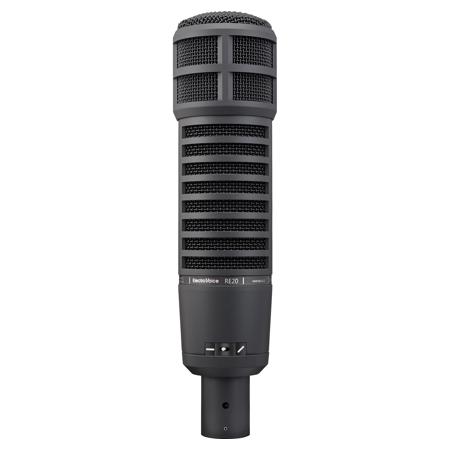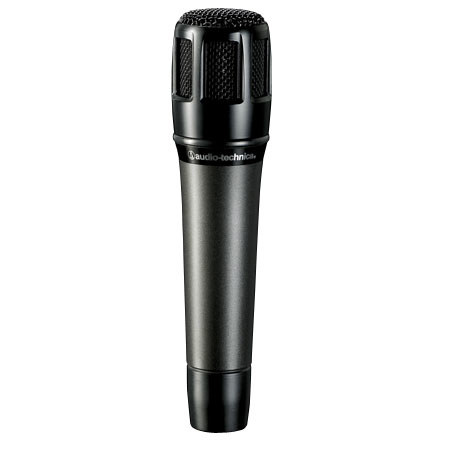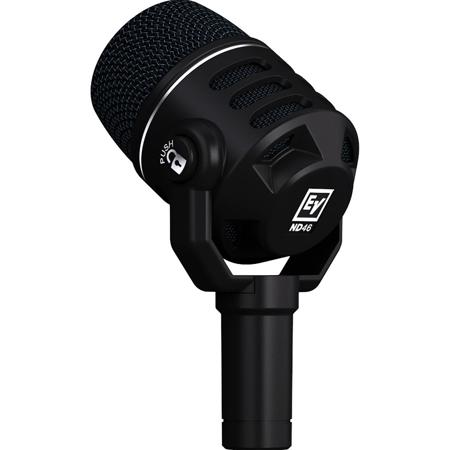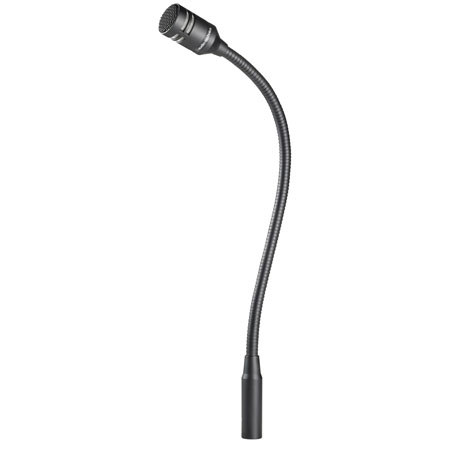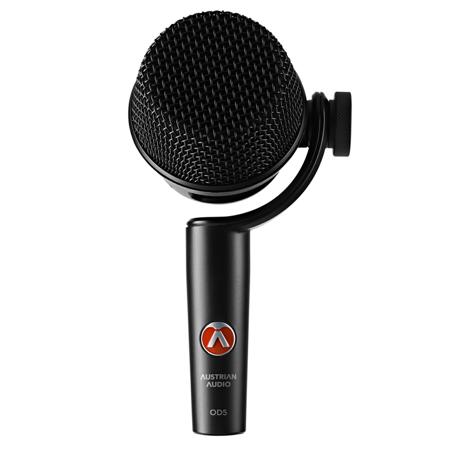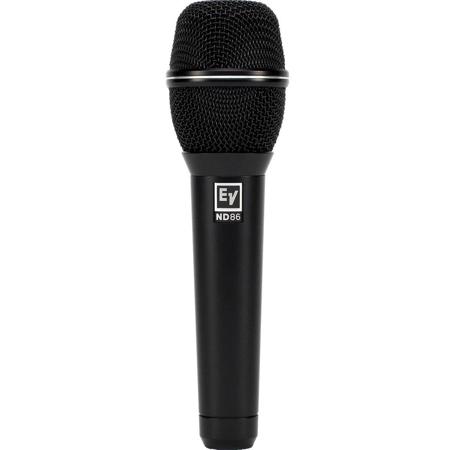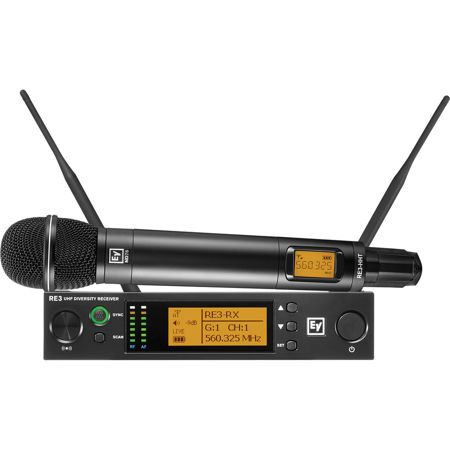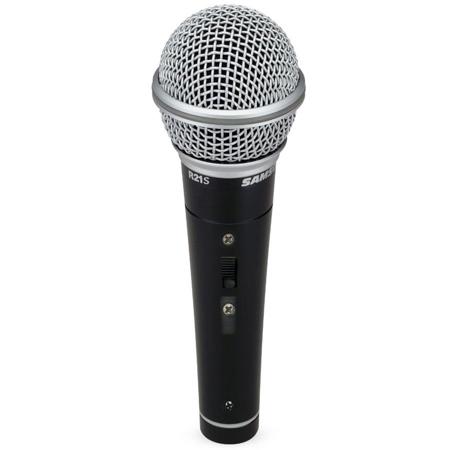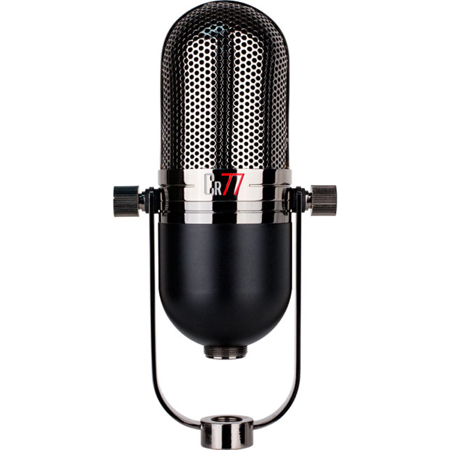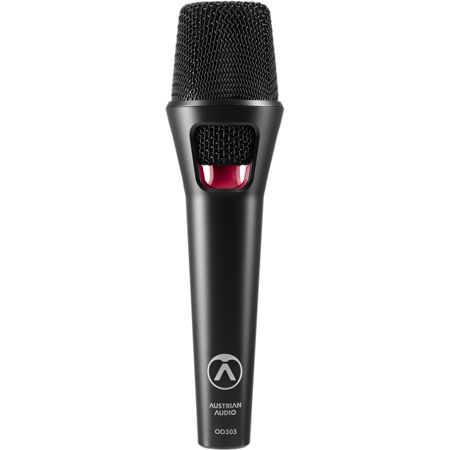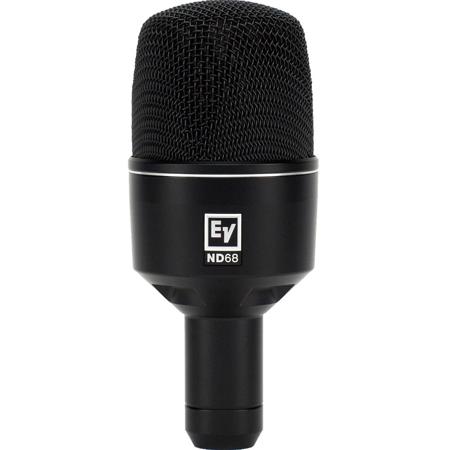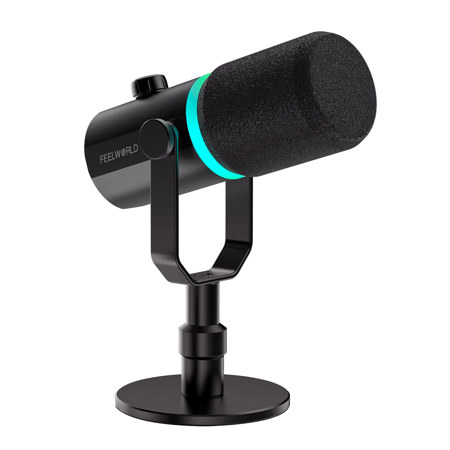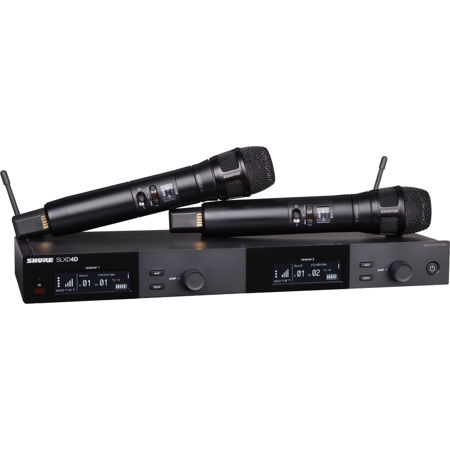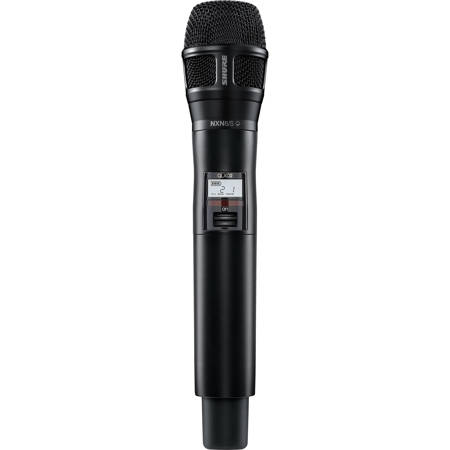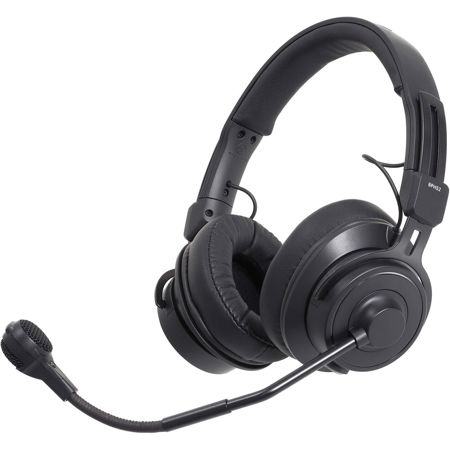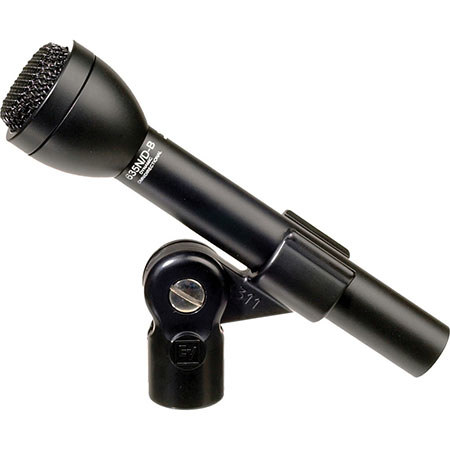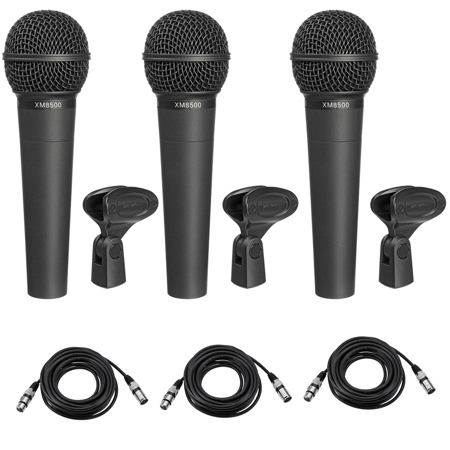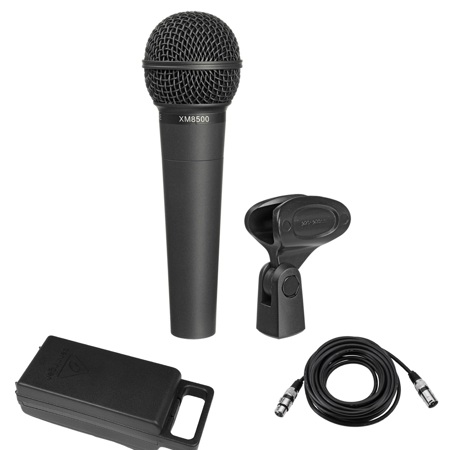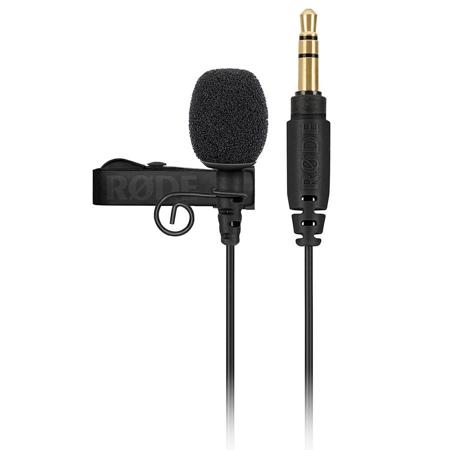Dynamic Microphone Types
Dynamic microphones have long been the workhorses of the audio world, trusted by professionals and enthusiasts alike for their ruggedness, versatility, and ability to deliver reliable performance in a wide variety of settings. As you explore the different dynamic microphone types, you’ll encounter the two primary designs: moving-coil and ribbon microphones. Moving-coil microphones are the most prevalent, recognized for their robust construction and consistent sound quality. Their internal mechanism features a diaphragm attached to a coil of wire, which moves within a magnetic field to convert sound waves into an electrical signal—no external power source required. This design makes them a staple in live sound environments, from bustling concert stages to intimate coffeehouse performances, where durability and the ability to handle high sound pressure levels are paramount. Ribbon microphones, on the other hand, use an ultra-thin strip of metal suspended in a magnetic field to capture sound with remarkable nuance and natural warmth. While ribbon mics are more delicate than their moving-coil counterparts, they excel in studio settings where capturing the subtle details and character of vocals or instruments is essential.
Selecting the right dynamic microphone type depends on your intended application and the sonic qualities you wish to achieve. For vocalists, podcasters, and public speakers, moving-coil dynamic microphones are often the go-to choice, prized for their ability to reject unwanted background noise and maintain clarity even in less-than-ideal acoustic environments. Their reliability in outdoor settings, such as sports events or community gatherings, makes them a practical gift for anyone looking to upgrade their audio gear as the holiday season approaches. Ribbon microphones, with their smooth frequency response and vintage character, are particularly favored by recording engineers and musicians who want to capture the intricate textures of acoustic instruments, brass sections, or classic vocal performances. As the colder months set in and more time is spent indoors, there’s a special satisfaction in setting up a home studio, experimenting with different microphone types, and discovering how each one shapes the sound of your recordings. Whether you’re building a podcasting setup, outfitting a rehearsal space, or seeking the perfect microphone for a budding musician in your life, exploring the full range of dynamic microphone types ensures you’ll find the right tool for any creative endeavor.
When considering examples of dynamic microphones, it’s helpful to think about the components that contribute to their unique sound and performance characteristics. Interchangeable capsules, for instance, allow users to tailor their microphones for specific tasks, from capturing the crisp attack of a snare drum to highlighting the warmth of a jazz vocalist. For those interested in further customizing their setup, you can browse a wide selection of Dynamic Microphone Capsules to find the perfect match for your needs. Whichever dynamic microphone type you choose, you’ll be joining a tradition of performers, broadcasters, and audio engineers who rely on these time-tested tools to bring their creative visions to life. With winter gatherings, holiday performances, and new projects on the horizon, there’s never been a better moment to invest in a microphone that will serve you faithfully for years to come.
Selecting the right dynamic microphone type depends on your intended application and the sonic qualities you wish to achieve. For vocalists, podcasters, and public speakers, moving-coil dynamic microphones are often the go-to choice, prized for their ability to reject unwanted background noise and maintain clarity even in less-than-ideal acoustic environments. Their reliability in outdoor settings, such as sports events or community gatherings, makes them a practical gift for anyone looking to upgrade their audio gear as the holiday season approaches. Ribbon microphones, with their smooth frequency response and vintage character, are particularly favored by recording engineers and musicians who want to capture the intricate textures of acoustic instruments, brass sections, or classic vocal performances. As the colder months set in and more time is spent indoors, there’s a special satisfaction in setting up a home studio, experimenting with different microphone types, and discovering how each one shapes the sound of your recordings. Whether you’re building a podcasting setup, outfitting a rehearsal space, or seeking the perfect microphone for a budding musician in your life, exploring the full range of dynamic microphone types ensures you’ll find the right tool for any creative endeavor.
When considering examples of dynamic microphones, it’s helpful to think about the components that contribute to their unique sound and performance characteristics. Interchangeable capsules, for instance, allow users to tailor their microphones for specific tasks, from capturing the crisp attack of a snare drum to highlighting the warmth of a jazz vocalist. For those interested in further customizing their setup, you can browse a wide selection of Dynamic Microphone Capsules to find the perfect match for your needs. Whichever dynamic microphone type you choose, you’ll be joining a tradition of performers, broadcasters, and audio engineers who rely on these time-tested tools to bring their creative visions to life. With winter gatherings, holiday performances, and new projects on the horizon, there’s never been a better moment to invest in a microphone that will serve you faithfully for years to come.
